Mónica Pérez Saiz, Francisco Agüera Vega, Fernando Carvajal Ramírez
2011
UAV-g 2011. International Archives of the Photogrammetry, Remote Sensing and Spatial Information Sciences – ISPRS Archives 38: 167-171
http://www.scopus.com/inward/record.url?eid=2-s2.0-84924067582&partnerID=MN8TOARS
ABSTRACT
For calibrating the camera, an accurate determination of the interior orientation parameters is needed. For more accurate results, the calibration images should be taken under conditions that are similar to the field samples. The aim of this work is the establishment of an efficient and accurate digital camera calibration method to be used in particular working conditions, as it can be found with our UAV (Unmanned Aerial Vehicle) photogrammetric projects. The UAV used in this work was md4-200 modelled by Microdrones. The microdrone is also equipped with a standard digital non-metric camera, the Pentax Optio A40 camera. To find out the interior orientation parameters of the digital camera, two calibration methods were done. A lab calibration based on a flat pattern and a field calibration were fulfilled. To carry out the calibration, Photomodeler Scanner software was used in both cases. The lab calibration process was completely automatic using a calibration grid. The focal length was fixed at widest angle and the network included a total of twelve images with ± 90° roll angles. In order to develop the field calibration, a flight plan was programmed including a total of twelve images. In the same way as in the lab calibration, the focal length was fixed at widest angle. The field test used in the study was a flat surface located on the University of Almería campus and a set of 67 target points were placed. The calibration field area was 25 x 25 m approximately and the altitude flight over ground was 50 m. After the software processing, the camera calibration parameter values were obtained. The paper presents the process, the results and the accuracy of these calibration methods. The field calibration method reduced the final total error obtained in the previous lab calibration. Furthermore the overall RMSs obtained from both methods are similar. Therefore we will apply the field calibration results to all our photogrammetric projects in which the flight high will be close to 50 m.





